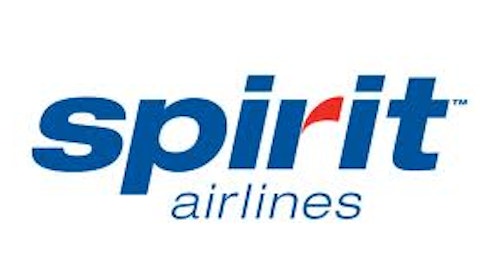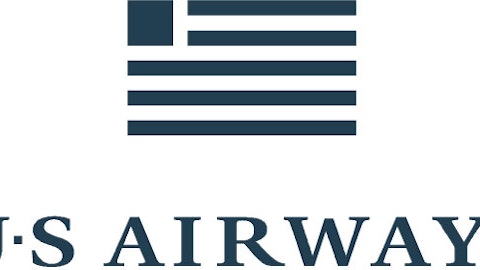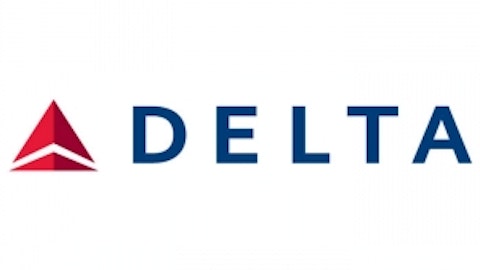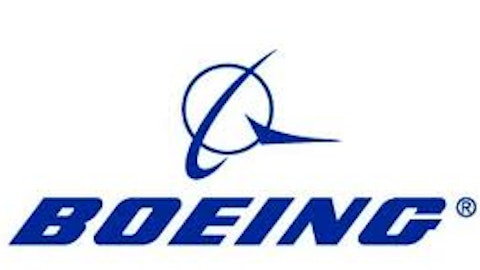International expansion has become a way for the major airlines to maintain their revenue growth trajectories and provide customers with more flying alternatives. Through route additions and codeshare alliances, carriers should continue to gain from an increasingly global economy, marked by the entrant of previously-isolated markets into their systems.
I will illustrate how air carriers are currently performing abroad, point out some trends that are apt to ensue over the next several years, and, in conclusion, decide on the best carrier for you to purchase based on its competitive standing.
Where They are at This Juncture
Starting with the largest U.S. airline by revenues, United Continental Holdings Inc (NYSE:UAL), the company has a strong presence in the Pacific region. Approximately one-sixth of total passenger miles are flown in that area, generating about that proportion of revenue. After solid growth in 2012 in that region, along with gains in Latin America, offset by a slowdown in the Atlantic market, conditions for overseas air travel have been more subdued.
Nevertheless, United Continental Holdings Inc (NYSE:UAL) remains committed to serving Asia, including China, Hong Kong and Japan, where it should be the leader among U.S. companies.
In the meantime, United Continental Holdings Inc (NYSE:UAL) is poised to benefit from measures in place to boost productivity of its asset base. Capacity is being constrained in favor of increased load factors (seating occupancy) and margin improvement. Plus, its recent orders for new Boeing and Airbus aircraft as replacements highlights its commitment to improving efficiency. The carrier’s earnings are on pace to advance, if operating conditions hold. The stock is a good choice for price upside potential, as Continental continues to be integrated fully into operations.
Meantime, Delta Air Lines, Inc. (NYSE:DAL) is more prominent on Atlantic routes than Pacific, and eked out a revenue gain from the region in 2012, despite the recession in Europe, through higher airfares. At almost 20% of total miles and more than that percentage of its total revenue, Delta Air Lines, Inc. (NYSE:DAL) would benefit considerably from a stable trans-Atlantic market.
Delta Air Lines, Inc. (NYSE:DAL) has only sought to increase its share of the Atlantic market further, through the resumption of suspended service to certain locales and joint ventures.
Delta Air Lines, Inc. (NYSE:DAL), in all, is beefing up its worldwide presence, along with taking measures to lift productivity. It is resuming or adding service on many U.S. to Europe or U.S. to Asia routes, indicative of its outlook for improved demand internationally. The carrier’s realigned route system (domestic flying is targeted to be about flat) ought to support earnings expansion under the right conditions. As such, the shares offer long-term upside.
Southwest Airlines Co. (NYSE:LUV) is not an international carrier but has ambitions to be one, and is thus embarking on the construction of Houston-based facilities, as well as implementing a reservation system for that purpose. Flights would likely begin to depart on international routes in late 2015.
For the time being, Southwest Airlines Co. (NYSE:LUV) will continue to look for ways to boost the synergies from its AirTran buyout that it intends to have completely meshed into operations by the end of 2014. The shares have climbed steadily until recently, but still hold capital appreciation potential for most accounts. As such, Southwest is basically launching an international service, indicating the profit potential it sees in overseas markets.
How the Market may Shape Up
The major carriers have been securing their positions in overseas markets by way of alliances and joint ventures. United Continental Holdings Inc (NYSE:UAL) participates in the Star Alliance, in addition to JVs; one with Air Canada and Lufthansa, and one with All Nippon Airways. Delta Air Lines, Inc. (NYSE:DAL) is a member of the SkyTeam Alliance. Notably, it has also just acquired a 49% stake in Virgin-Atlantic, providing it an enhanced foothold at London Heathrow. This is in addition to its existing venture with Air France, KLM, and Alitalia.
Accordingly, carriers ought to sustain their market share, as they are able to offer seamless transportation across the globe.
Undoubtedly, though, over the long term, emerging economic markets will become more important as destinations. Indeed, the IATA states that trade trends are a driver of international flight demand more so than GDP. We are already seeing the heightened importance of China as far as serving passengers. Others, such as India, could well be the next markets carriers will need to serve directly.
The IATA has projected that by 2016, China will rank 6th in total international passengers, with over 100 million enplaned. Hong Kong, according to the report, would rank 9th. These markets are currently served primarily through alliances and codeshare arrangements by the majority of carriers.
Conclusion
United Continental Holdings Inc (NYSE:UAL), that carrier best-situated in Asia-Pacific markets, will play an even larger part on the international stage over the next several years. Certainly, European markets should continue to be vital to the world economy as well, as the U.K., Germany, Spain, and France should still rank ahead of China in enplanements. This means Delta ought to be in decent shape, too, while those that are planning to break ground internationally ought to fare well. Expect Southwest to become a force to contend with internationally over the next decade.
The article Your Guide to International Airline Expansion originally appeared on Fool.com and is written by Damon Churchwell.
Damon Churchwell has no position in any stocks mentioned. The Motley Fool recommends Southwest Airlines. Damon is a member of The Motley Fool Blog Network — entries represent the personal opinion of the blogger and are not formally edited.
Copyright © 1995 – 2013 The Motley Fool, LLC. All rights reserved. The Motley Fool has a disclosure policy.





